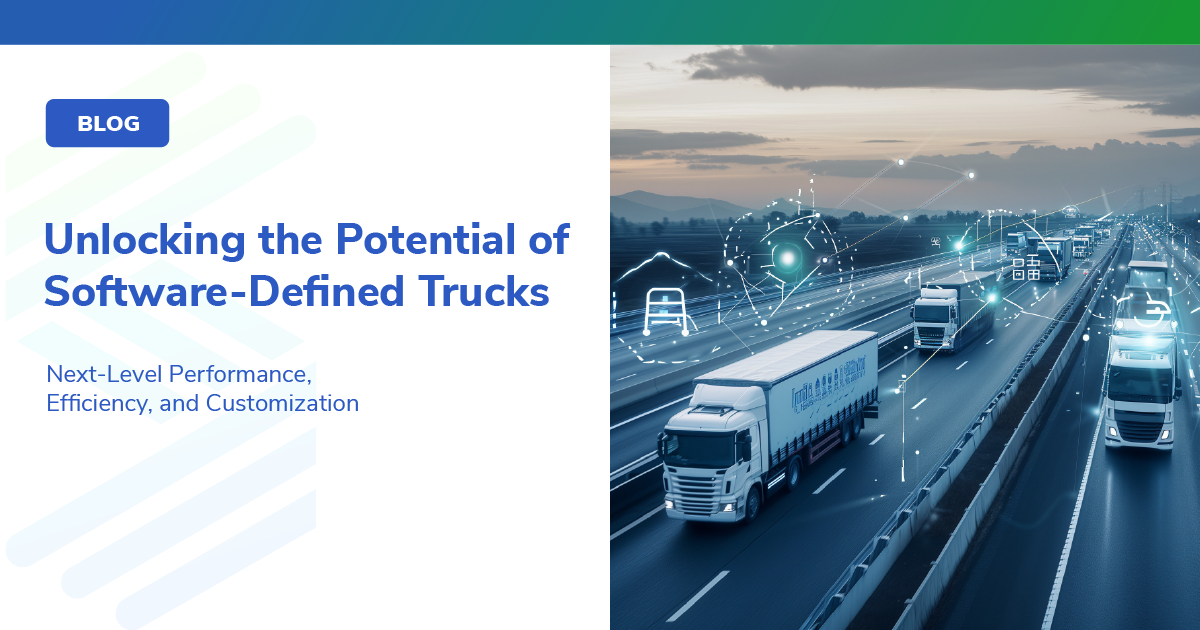

/
March 29, 2021
/
#
Min Read
Electrification Is Coming Fast To A Changing Auto Industry
The move to electrify the nation’s car and trucks is getting a new jolt of enthusiasm. A new administration in Washington has made clean energy development a cornerstone of its policies for creating jobs and fighting climate change. Within weeks of assuming office, President Biden set an example by announcing his desire to make the aging and outmoded fleet of the U.S. Post Office, the Federal government’s largest and oldest, all-electric; a transformation that could take a decade to accomplish.
Full scale electrification is also where the auto industry is headed on its own. Despite the public push-back on fuel economy standards in Washington over the last few years, some car makers were laying plans behind the scenes toward an all-electric switch. Almost simultaneously with Biden’s announcement, G.M. announced its entire line-up of passenger cars and light trucks will be all-electric by 2035. The $27 billion plan includes 30 new models by 2025 and a goal of 2 million sales in the U.S. and China. It’s an effort to catch up to Tesla; which sold enough EVs in the U.S., China and Europe to post its first-ever profit in 2020.
Other makers in every segment of the industry are joining the all-electric race, from Ford, which is remaking the Mustang into an all-electric S.U.V., to high performance manufacturers such as Porsche and Jaguar. Telsa, Ford and Rivian are looking to join G.M. in the market for electric pick-up trucks by 2022. And small specialty manufacturers, which already have large fleet operators like Amazon and UPS lined up as buyers, are looking to capture the market for all-electric delivery vans.
Even the iconic Harley Davidson is marketing an all-electric motorcycle.
What began as a government mandate 30 years ago in California to produce “zero-emitting” vehicles has turned into a steady stream of electrified models. Nearly every global manufacturer, from Audi, BMW and VW in Europe, to NIO in China and the Big Three in the U.S. currently offers some electric models, predominantly plug-in or serial hybrids.
Even so, electric vehicles are still a developing market, accounting for an estimated four percent of world-wide sales. But industry experts predict that up to one of every five new cars sold will be electric powered by 2030 as carmakers follow through on their plans and as the European Union considers tighter standards for global warming CO2 emissions in mid-2021.
With hybrid technology and dozens of data-rich applications ranging from lane warnings to blind spot alarms, rear-view cameras, automatic emergency braking, and iPhone apps that can start your car remotely or track it when it is stolen, modern cars have become road-worthy computers that process thousands of pieces of data a minute. In some cases, diagnosing problems, fixing them or making adjustments required by recalls can even be made remotely with software and cloud computing.
But designing an all-electric vehicle is far more complex than adding electricity to an existing model. Every part must be designed for maximum efficiency and aerodynamics. Tires need better rolling resistance. Brakes, axles and suspension pieces must be stronger to handle the added weight of battery-laden cars. Drivetrains have to handle the instant torque of electric motors.
For manufacturers and suppliers, managing the data to make these changes can be as challenging as designing the actual parts. Adding in autonomous driving components that use a dozen or more cameras and radar and lidar to sense the car’s surrounding creates a tsunami of data.
The result: ECU systems designed 30 years ago will become as outdated as Karl Benz’ design of the first car. Processing the data required to redesign cars or operate them on the road will rely on software and cabling systems that can process 10 times more data and 10 times faster, driving the industry deeper into the age of cars as supercomputers on wheels.












